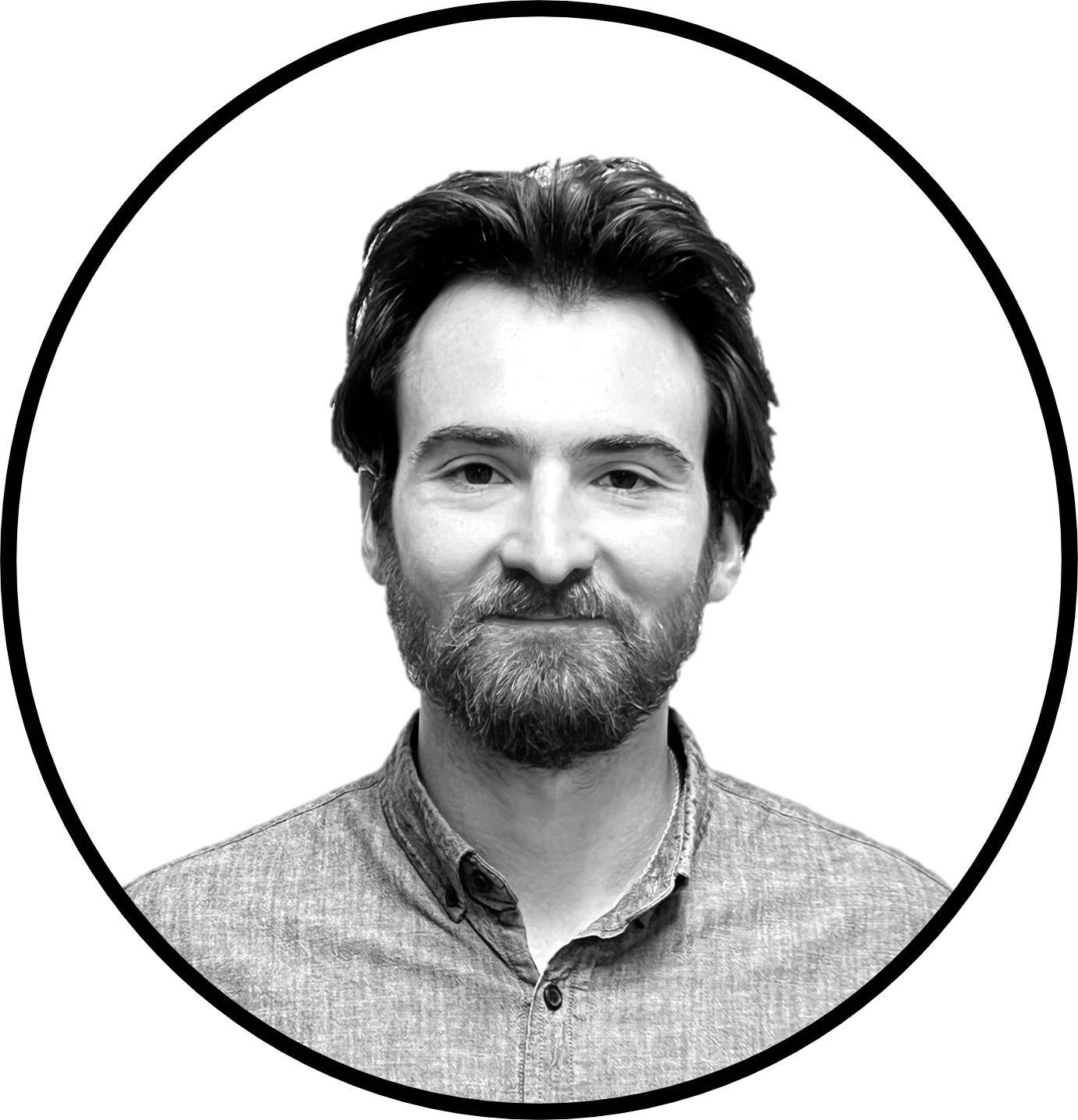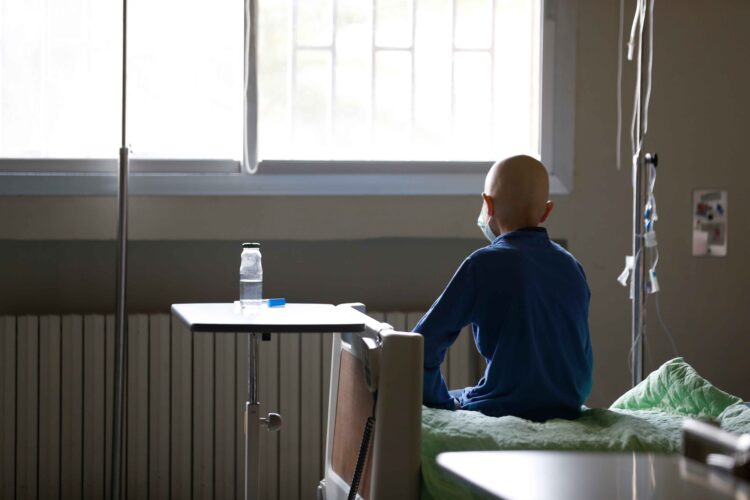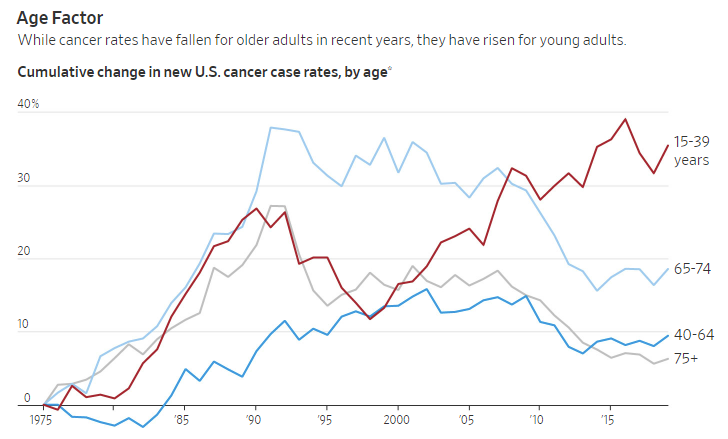Cancer is affecting greater numbers of young people in America and around the world than ever before, leaving doctors “baffled.”
Rates of cancer diagnosis for individuals under 50 have increased from 95.6 cases per 100,000 people in 2000 to 107.8 cases in 2019, an increase of 12.8 percent, according to federal data. This is backed up by an international study from the BMJ Oncology medical journal, which found an increase of 79.1 percent in early-onset cancer from 1990 to 2019 globally.
The BMJ study also found that North America shared the greatest portion of this increase, while Western Sub-Saharan Africa shared the lowest. Australasia and Western Europe were also among the most affected regions, leading the researchers to correlate the cancer rates with being in a “high-income” country, suggesting they can be “ascribed to the local environment, lifestyle, and level of available medical treatment.”
Cancer is still far more common among the elderly. However, in a bizarre twist, cancer rates have fallen for older adults over the last several years while they have risen for the young.
Learn the benefits of becoming a Valuetainment Member and subscribe today!
Doctors who spoke to The Wall Street Journal wager that several factors related to high-income lifestyles are the culprit, namely lack of exercise, processed foods, and toxins.
“It’s likely some environmental change, whether it’s something in our food, our medications, or something we have not yet identified,” said Dr. Andrea Cercek, co-director of an early-onset cancer program at Memorial Sloan Kettering (MSK) Cancer Center in New York. She confirmed that, from her point of view, the cancer patients are getting younger.
“We are seeing more and more young people who don’t fit the classic teaching that cancer is a disease of aging,” said Dr. Monique Gary of Grand View Health, Pennsylvania.
Public awareness was brought to the issue when actor Chadwick Boseman (Black Panther) died in 2020 at 43 years of age. “Colorectal cancer was the canary in the coal mine,” said Timothy Rebbeck, a cancer epidemiologist at the Dana-Farber Cancer Institute in Boston. Oncologists noticed the trend earlier and quickly realized younger people were developing pancreatic, appendix, stomach, and uterine cancers at a higher rate.
However, no consensus regarding the cause has been reached, and doctors are concerned about the blind spot. “We have to find out why,” Ahmedin Jemal, PhD, senior vice president at the American Cancer Society who co-authored a study on the subject, told the Journal. “Otherwise, the progress we have made in the last 50 years may stall or reverse.”
 Shane Devine is a writer covering politics, economics, and culture for Valuetainment. Follow Shane on X (Twitter).
Shane Devine is a writer covering politics, economics, and culture for Valuetainment. Follow Shane on X (Twitter).


















Add comment